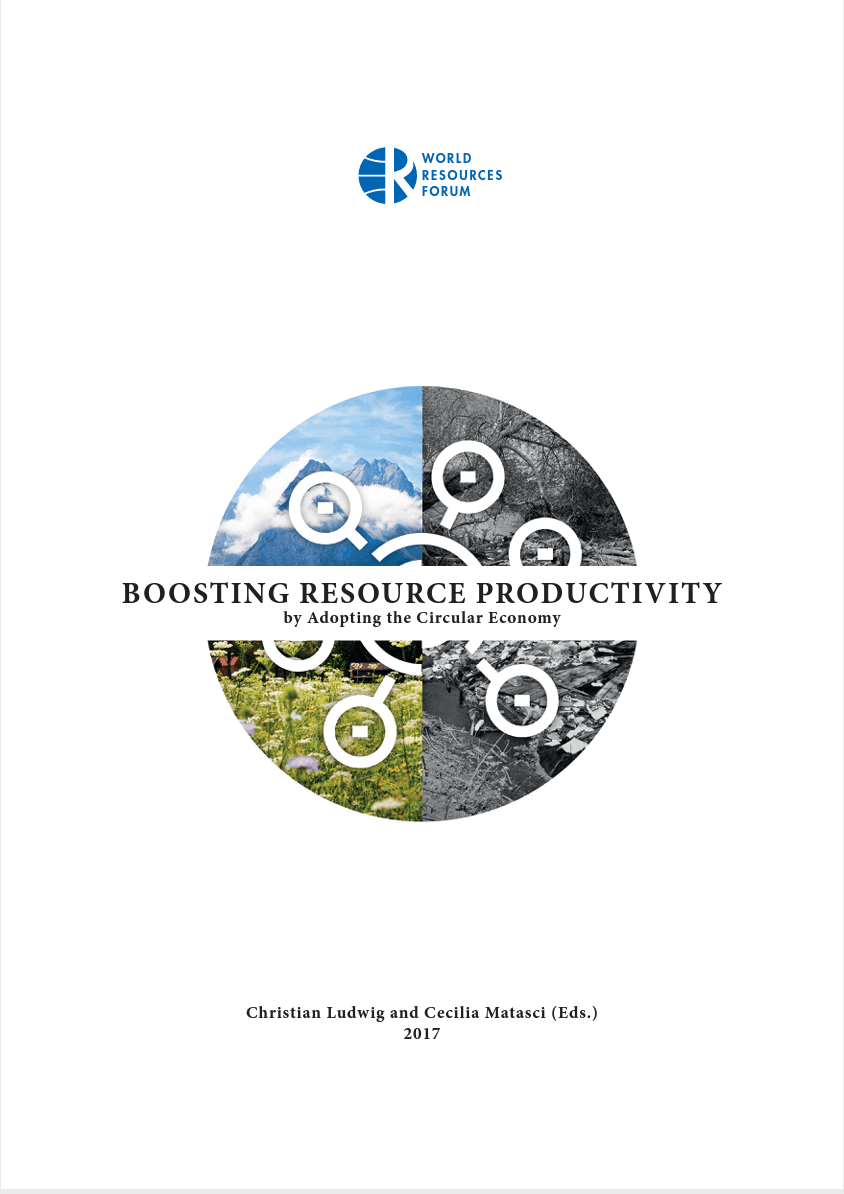Boosting Resource Productivity by Adopting the Circular Economy
Abstract
In previous conferences many high standard scientific presentations have contributed to very interesting discussions. After an evaluation, the best presentations have been selected and theirs authors invited to submit a manuscript for the publication in this book. The book is now arranged to make an additional contribution to the topics which were in the programme of WRF 2015 and WRF LAC 2016, and is accordingly structured in four parts: 1. Targets, Indicators and Benchmarks for Resource Efficiency 2. Technological Innovation, Business and Finance 3. Circular Economy and Decoupling 4. Lifestyles and Education. An additional part presents contributions and views of private organisations.
Before any actions can take place, reasonable targets need to be set. In this context new and important indicators and benchmarks for resource efficiency are presented in Part 1. The various papers focus, but not exclusively, on resources efficiency for different materials and goods, renewable energy and climate change. Incentives are often not necessary for taking action if the development can be justified with economic benefits. With large expected profits for companies, technological innovations will be implemented at a fast pace. Part 2 of this book therefore is dedicated to technological innovations, business and finance. Innovation for sustainability, e-mobility, business planning tools are discussed. If our current economic system does not solve the problems, then new approaches have to be developed. If necessary, the rules have to be changed to achieve a sustainable economy, in which economic growth and resource use are decoupled from each other. Following this perspective, Part 3 is dedicated to circular economy and decoupling and offers insights into country and regional studies, research on policies as well as case studies from businesses. Our society is an indispensable factor in increasing resource efficiency. Changing lifestyles and strengthening education are cornerstones in making the necessary change towards a sustainable resource management system. In Part 4 sustainable lifestyles, household consumption, ecological footprints, as well as building up awareness for an efficient and conservative use of resources through education are discussed. Finally, it is important that research is implemented by the economy. Part 5 presents contributions and views of private organisations and shows success stories.
